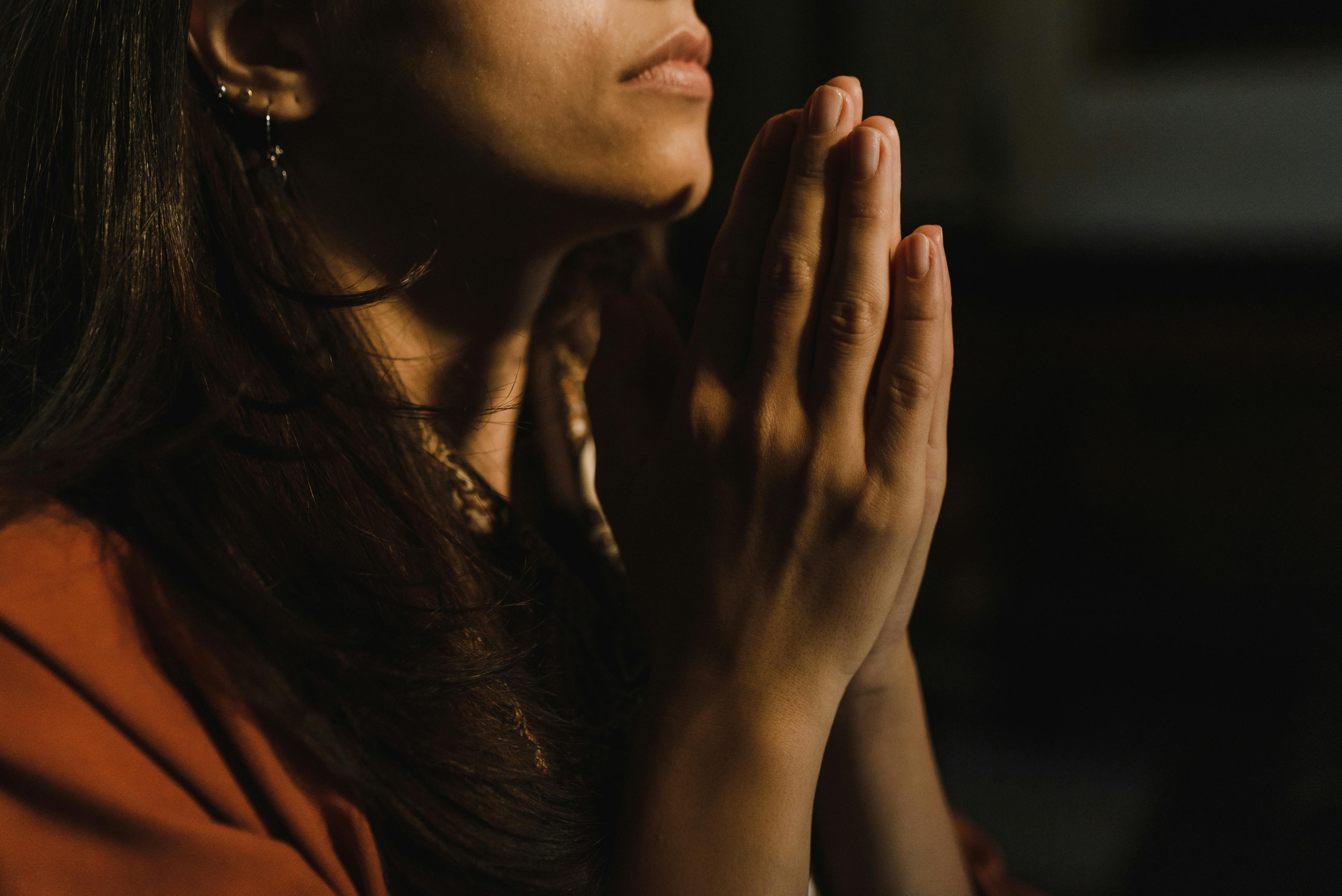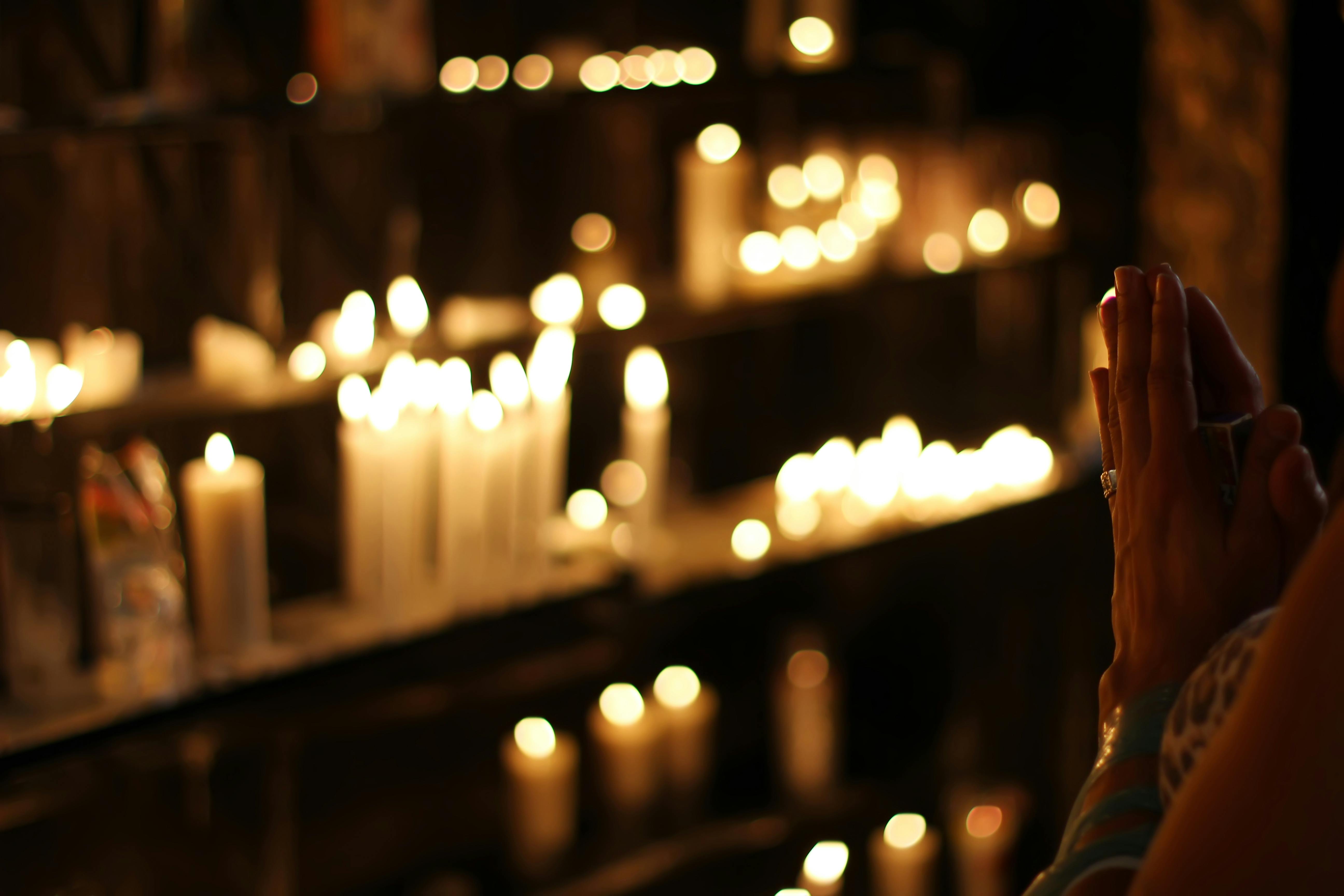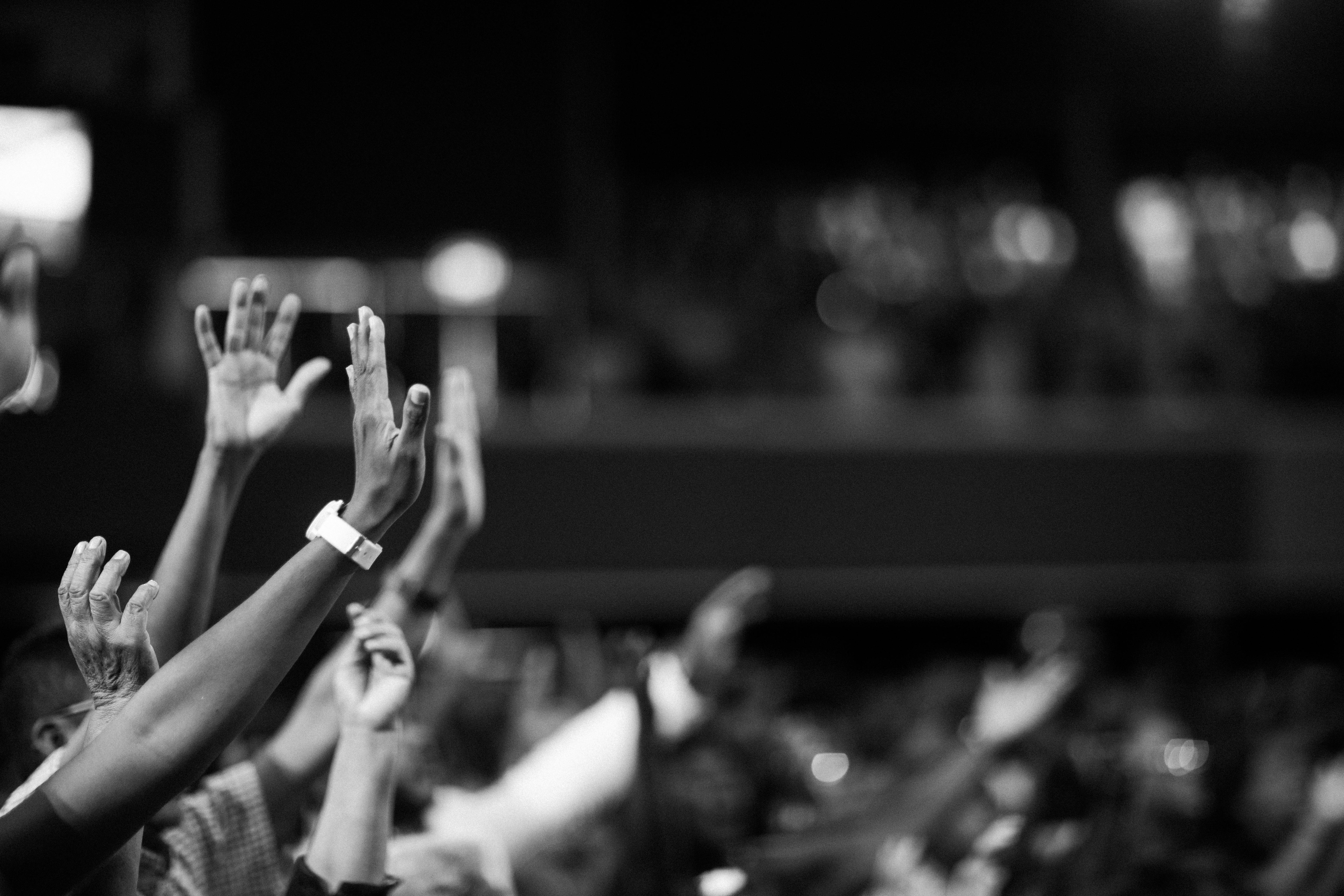From Middle-earth To Asheville: How Tolkien Can Help Us Navigate Chaos

As a Bible teacher in western North Carolina, I often encourage my students to spend time outdoors, talking to God. Nature is evidence of God’s handiwork and an aid to prayer and praise. But how do you think about God and creation when nature destroys? When a forest turns from a sanctuary to a disaster area? When earth, fire, or water engulf homes and rip families apart?
The routines of faith—prayer, Scripture, and offering praise amid lament—became more poignant for our family in the aftermath of Hurricane Helene, but one practice that helped my children think biblically about the chaos surprised me: reading the works of J. R. R. Tolkien.
Middle-Earth’s Lessons About Disaster
Tolkien’s epic, The Lord of the Rings, contains a storehouse of biblical imagery unparalleled in modern literature. The depth of his Christian imagination can give us eyes to see our world’s chaos in light of a greater hope. And as good novels do, his story also helps us face real-world danger and loss with greater courage. How?
1. Tolkien helps us see life’s threats in a redemptive context.
When we face threats and trauma, the way we see them makes all the difference. If the threat seems completely foreign or insurmountable, our anxiety grows. But if we see it as a hurdle others have overcome, as an expected part of life, or even as a chance to demonstrate valor, we’ll show greater resilience.
Our family had been reading Tolkien’s saga aloud when Hurricane Helene struck, and some of us were also watching The Rings of Power. Though our children are still young (ages 3–13), we were grateful we had continued on from the Narnia series to this darker saga because its imagery provides a framework that helps kids understand natural disasters and other evils.
When we face threats and trauma, the way we see them makes all the difference.
Tolkien’s tale depicts a world, Middle-earth, whose fate lies in the hands of flawed characters and peoples. The dominion of darkness centered in Mordor is starkly contrasted with kingdoms of light such as Rivendell and Númenor. As good and evil battle, we also see evil’s effects on the natural world: Volcanic Mount Doom explodes, spewing out death on those below. Black corruption seeps into the veins of plants and animals as evil advances. And in the The Silmarillion and its adaption, The Rings of Power, the vision of a tidal wave, poised to destroy a civilization, stands as a looming threat.
Because these disasters are set within a larger redemptive story, we come to see our own earth in the throes of a cosmic battle. It’s easy to forget that spiritual realities lie behind our modern lives, but Romans 8:20–22 says humanity’s corruption affects even our planet. Evil twists nature’s power against itself. Tolkien gives voice to nature’s groanings through the treelike Ent, Treebeard, who both laments how forests are ravaged and exploited and demonstrates confidence that nature’s goodness will endure. Through Treebeard, Tolkien shows us how to lament the destruction of trees (by humans, fires, or hurricanes) as part of sin’s curse.
2. Tolkien helps us see the weight of human sin and responsibility.
In modern life, we try to fix chaos through money, education, technology, and other social-political remedies. We forget that chaos isn’t the result of merely physical forces. It was unleashed by personal evil. Humans and fallen angels are responsible for creation’s chaos.
Tolkien explores humanity’s unique role in the battle of good and evil by setting humans alongside those of other races. Elves like Galadriel and Legolas are beautiful, stately, and less prone to corruption. In them, we see glimmers of the angelic, those “nobler than Men.” Orcs, by contrast, are ugly and brutish, a demonic race more depraved than humans. Through Hobbits, Dwarves, Wizards, and more, Tolkien explored the roles different agents play in shaping history, but he maintains that Middle-earth’s fate is wrapped up with the actions of men specifically.
By showing us both humanity’s fall and our role in redemption, Tolkien helps us understand what it meant for Jesus to pick up the mantle of human history and lead us to victory as the best and truest human king. Since death came by man, our victory also needed to come by man (1 Cor. 15:21). Like Aragorn leading his troops in Return of the King, our final victory will one day come as King Jesus, seated on a white horse, leads his heavenly armies into the final battle (Rev. 19:14).
3. Tolkien helps us see the goodness of ordinary faithfulness.
Tolkien’s story reveals how much ordinary village life matters, from cultivating families to living from the land. He validates the importance of “home” and shows wandering to be a cause for lament.
Why does this matter today? In modern life, we’re told it’s normal to move from place to place. The concept of a “village” has been missing from most of our lives for years. Then, when disaster comes, it can feel wrong to mourn disconnection and the loss of “mere” property.
But we should mourn. As Genesis 3 depicts, exile is an aspect of the curse. We were created for simple but good callings—to create families and culture, to reap the fruit of our labors (1:28)—so when work, property, or village life is disrupted, we’re right to mourn. “Property” represents years of a family’s labor and love, and it’s right to lament a disaster that takes away a child’s collection, a mother’s homemaking, or a father’s project.
Embrace the Challenge and Inspire Your Kids with Hope
Reading Tolkien takes more work than other books. If, like me, you don’t generally enjoy fantasy, the plot can be slow-moving with poems scattered throughout. But like many healthful practices, the benefits are worth the time and effort. My husband reads Tolkien aloud to our children during chores and car trips, and our older kids catch more than the younger ones, but we don’t mind. Reading aloud has become part of our family life, and we trust that over time, our own enthusiasm for these books will bear fruit. If reading is off-putting, you might start with the audiobooks, or by viewing Peter Jackson’s films. Tolkien’s biblical themes and imagery shine through those versions too.
Tolkien helps us understand what it meant for Jesus to pick up the mantle of human history and lead us to victory as the best and truest human king.
When we choose entertainment that strengthens a biblical imagination, we’ll be blessed with the gift of seeing our kingdom hope. Through Tolkien, my kids have received a glimmer of our coming King, of the future triumph over evil, and of a glorious new Jerusalem that awaits. Our imaginations draw strength from Tolkien’s world so we can live courageously through this world’s many storms.


